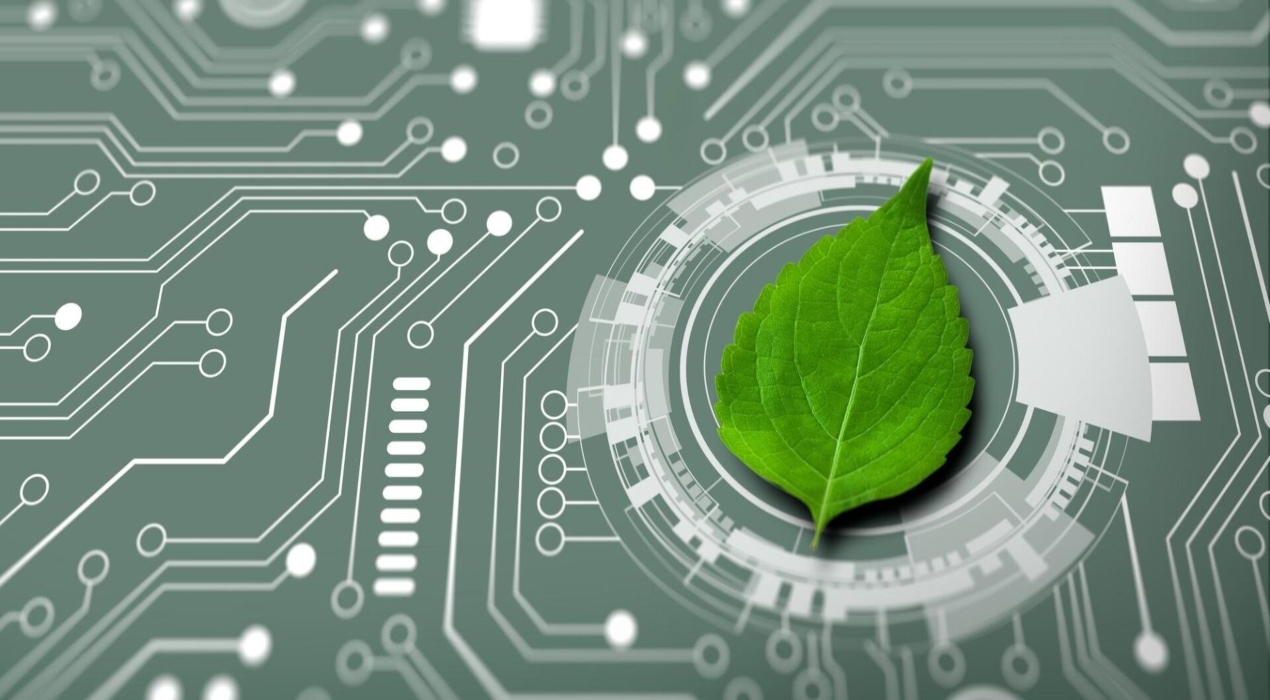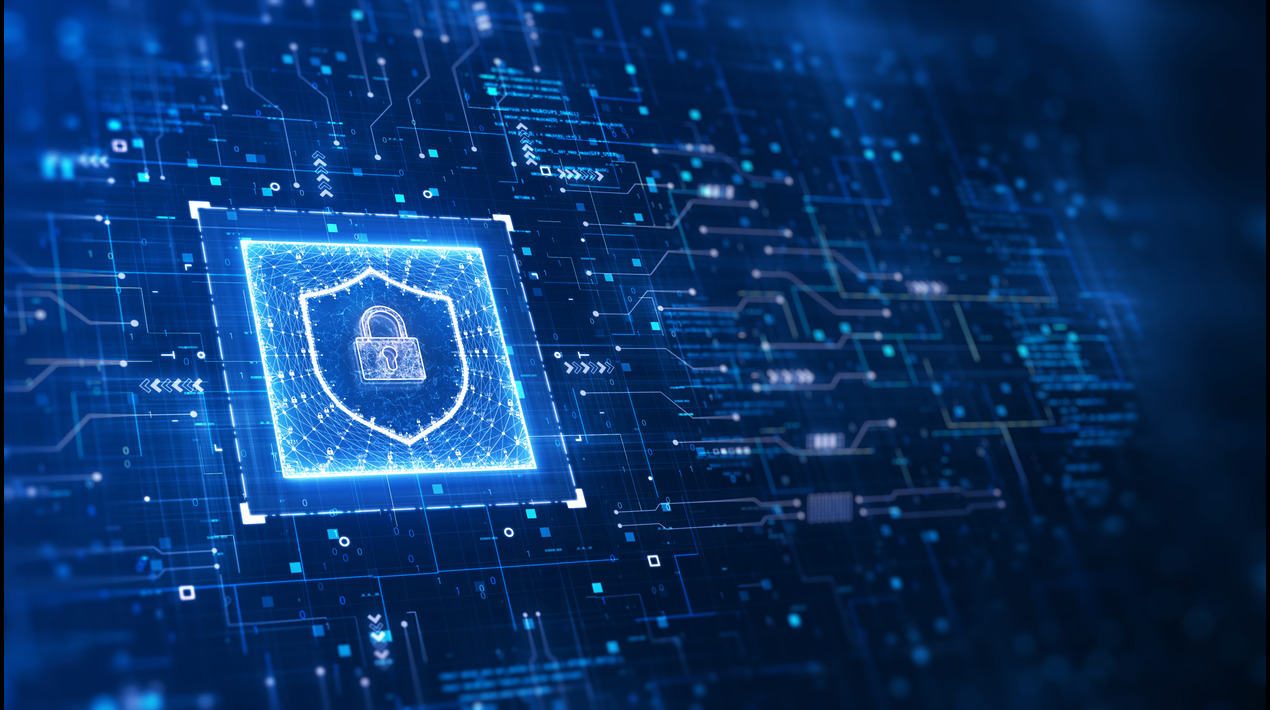
In an
official press release
stated that the Minister of the Housing and Urban Affairs Ministry, Mr Hardeep Singh Puri said that the Ministry is
expected to deliver 10 million homes under Prime
Minister Mr Narendra Modi’s Housing Scheme (Pradhan Mantri Gramin Awaas
Yojana – PMAY) by December 2018; the Ministry
already sanctions around 300,000 to 500,000 homes every month.
The Prime Minister’s
Housing Scheme (Pradhan Mantri Gramin Awaas Yojana – PMAY) or the
Housing for All Scheme is an initiative that aims to provide affordable housing
for the Economical Weaker Section (EWS),
the Lower Income Groups (LIG) and the Middle Income Groups (MIG) in India. The
project’s target is to build 20 million affordable houses by 31 March 2022. Mr Hardeep Singh noted that the project is
well funded and that all one needs is a bankable project.
At
an Interactive Session on Sustainable Development Goals, on 25 June, Mr Hardeep
Singh Puri said that the Ministry had approved 318,000 homes consequently
bringing up the total number of sanctioned houses about to 5 million houses so
far. The meeting was organised by the Research and Information System for
Developing Countries (RIS) and Forum Indian
Development Cooperation.
Prof Sachin Chaturvedi, Director General, Ravichandran Natarajan, Head of Partnerships
& Corporate Relations, and Ms Radhika Kaul Batra, Chief of Staff, UN
Resident Coordinators’ Office, were among other officials present at the
session.
The
houses come with a number of digital features that are a part of Smart City initiative.
The Smart City Mission was launched in June 2015 and is designed to use
technology to improve quality of life, create job opportunities and increase
the efficiency of local institutions, public services, and the general
management of city infrastructure. Nine
Integrated Command & Control Centres are already operational in the
country, in the cities of Ahmedabad, Kakinada, Visakhapatnam, Nagpur, Pune, Rajkot,
Surat, Vadodara and Bhopal.
On
11 June, the Ministry stated that about 1,350
projects worth IN ₹50,000 crore (approximately US $7.3 billion) had been
tendered in the Smart City Mission initiative, of which work had begun or finished in 950 projects
costing IN ₹30,675 crore (approximately US $4.5 billion). The Ministry has
invited tenders for another 400 projects with an outlay of about IN ₹20,000
crore (approximately US $2.9 billion).
The
Smart City features include safe transportation, lower environmental impact and
waste-to-energy and waste-to-compost; it also offers complete
non-discriminatory access for women, children and senior citizens to services
that go beyond building houses. The Ministry mentioned that because of the use
of technology by the Smart City Surat in Gujrat, crime rates have dropped by
over 20%.
In the latest monetary policy, the Reserve Bank of India (RBI)
said it plans to better align the Priority Sector Lending (PSL) guidelines for
housing loans with the Affordable Housing Scheme and to support the low-cost
housing for the Economically Weaker Sections (EWS) and Lower Income Groups (LIG). It has changed
the housing loan limits for PSL eligibility from the existing IN ₹28 lakh
(around US $40,653) to IN ₹35 lakh (around US $50,820) in metropolitan centres
(with a population of 1 million and above), and from the current IN 20 lakh (US
$29,050) to IN ₹25 lakh (around US $36,312) in other centres, provided the
total outlay of the unit in metropolitan centres and at other centres does not
exceed IN ₹45 lakh (US $65,385) and IN ₹30 lakh (US $43,590) respectively.
















